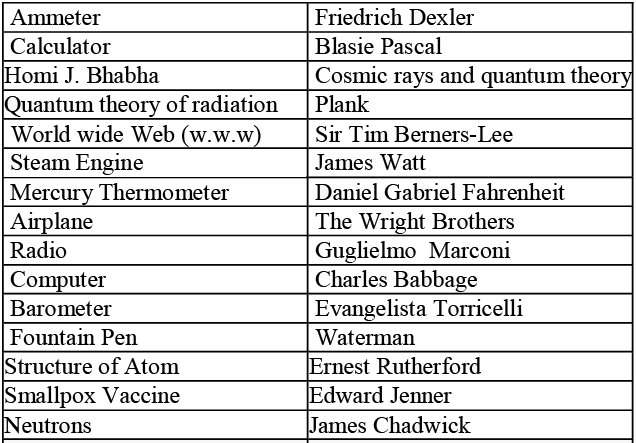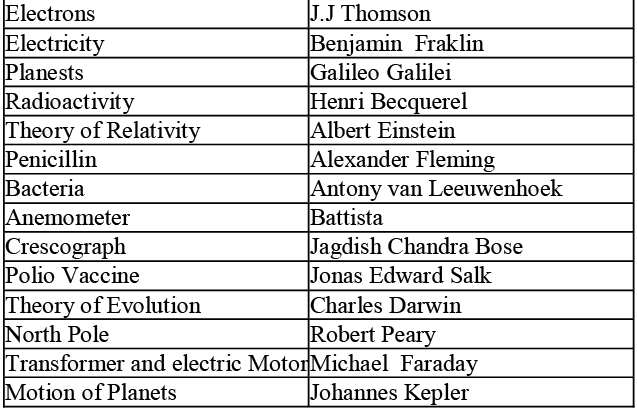BPSC Practice Test - 11 - BPSC (Bihar) MCQ
30 Questions MCQ Test - BPSC Practice Test - 11
Which one of the following clouds is formed at the highest altitude in the sky?
Which among the following is the World’s largest Wetland System?
Which of the following Hydropower plants has been inaugurated by the Prime Minister Narendra Modi in Bhutan?
Among the following which Mahajanpadas Bimbisara had not a friendly relationship?
Barauni refinery was established in which of the following year, with the help of erstwhile USSR?
The Vindhyan Rock are confined in which of the following part of Bihar?
Which among the following local storms is/are associated with hot weather season in India?
Which of the following options is correct regarding sunspots?
Which of the following empires was an offshoot of Bahmani Kingdom?
Which is the only city in India to have longest Bus Rapid Transit System (BRTS) network?
Ramdhari Singh Dinkar, a famous poet who was born in Begusarai district of Bihar. Which of the following is not his literary work?
Which of the following is the highest peak of Naga Hills?
Which economist has given the income method to calculate GDP of a country?
Who was the first Satyagrahi of Individual Satyagraha in Bihar?
When was the “World Osteoporosis Day (WOD)” observed annually?
The greatest of the Vijayanagar rulers, Krishna Deva Raya belonged to which of the following countries?
In case of difference of opinion amongst the Chief Election Commissioner and/or two other election commissioners, how is the matter decided?
What is the name of free-living bacterium that helps in nitrogen fixation in soil?
Which of the following is the apex body for implementing Ayushman Bharat Scheme?
Which of the following is not correctly matched?
Cyclones Region:
Which amendment added Tenth Schedule (Anti-Defection Law) in Indian Constitution?





















